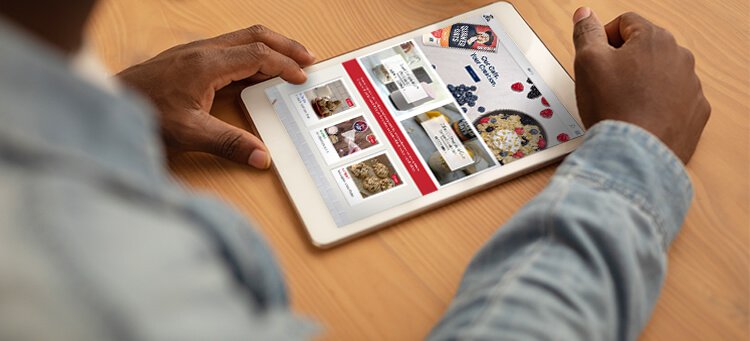Selecting Baking Pans:
Depending on the recipe being prepared, yeast breads can be baked in the following:
- Metal loaf pans
- Glass loaf or other glass baking dishes or casseroles
- Cookie sheets or jelly-roll pans
- Muffin tins
- Clay or quarry tiles or pizza stones
- Specialized loaf pans (e.g., French bread loaf pans, baguette pans, bread stick pans, etc.)
Baking "pan" refers to metal baking pan. Baking "dish" refers to a glass baking dish.
Shiny Aluminum Pans Unlike most baked products, shiny aluminum pans and cookie sheets are not the first choice for expert bread bakers. Shiny aluminum provides even heating, but does not promote the development of bread's characteristic golden brown color and well-textured crust.
Dark Heavy-Weight Steel Pans The choice of expert bread bakers. Promotes golden brown color and perfectly textured crust. Ideal for thick-crusted breads, particularly European-style, ethnic, rustic or artisan-style breads.
Dark Nonstick Pans These surfaces help keep the bread from sticking. However, they tend to brown more quickly, particularly on the edges touching the pan. Many nonstick baking pan manufacturers recommend reducing the oven temperature by 25°F.
Insulated Pans Consists of two thin sheets of aluminum with a layer of air between them. Breads baked in insulated baking pans or cookie sheets may not brown well, and may also require a longer baking time. These breads may also be more likely to stick.
Glass Baking Dish Ovenproof glass baking dishes brown the bread well and you can see the browning of the crust on all sides. When substituting a glass baking dish for a metal baking pan called for in a recipe, reduce the oven temperature by 25°F.
Baking Stone (Quarry or Clay Tiles, Pizza Stones) Baking stones replicate a brick or adobe hearth oven, helping produce thick-crusted country-style breads. Baking stones are usually pre-heated before placing bread dough on them. Follow manufacturer's instructions to prepare stones for baking.
When preparing yeast bread in metal pans or glass dishes, use the size called for in your recipe. A loaf pan should be filled to only one-half its volume so that the dough will rise just about the top of the pan. The bread should break up nicely rounded rather than mushrooming out over the sides.
While the exact sizes of loaf pans vary from manufacturer to manufacturer, the most common loaf pan sizes available are:
9" x 5" (holds 2 pounds dough)
8-1/2" x 4" (holds 1-1/2 pounds dough)

